18 Best Translation Management System Features [2024]
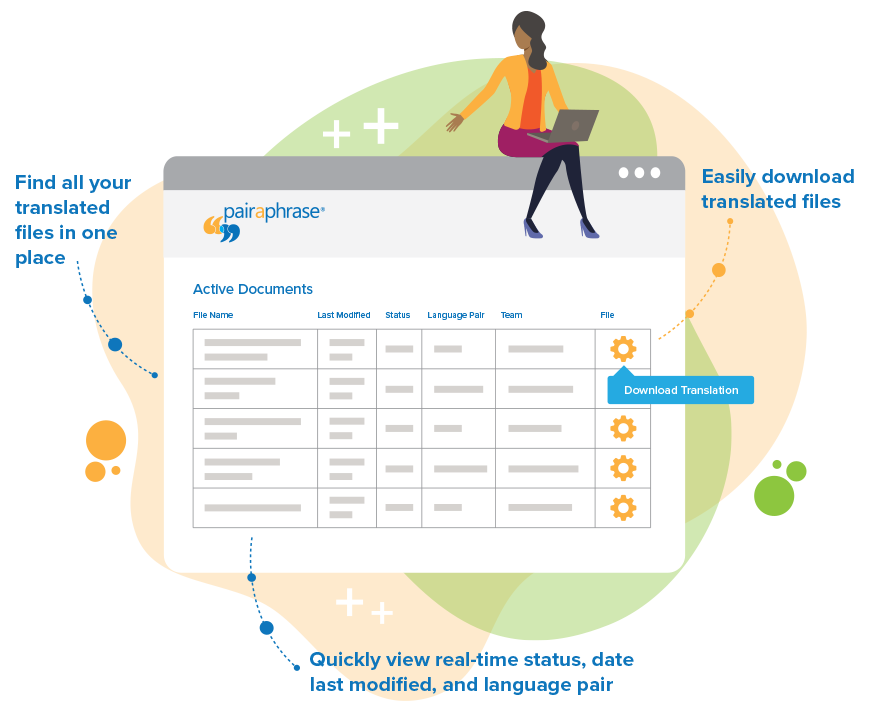
Researching the best translation management system features is a smart move. After all, Translation Management Systems (TMS) are essential tools for implementing effective communication across multiple languages. Whether you’re a multinational corporation or a small business expanding internationally, choosing the right translation management software is crucial.
But why is it so critical? Beyond regular translation tools, a TMS can streamline your translation processes, ensuring accuracy, efficiency, and consistency. But with so many options available, what translation management system features should you prioritize?
What You’ll Learn
In this article, you’ll discover:
- How various TMS capabilities help your overall translation workflow
- The best translation management features for enhancing translation quality and productivity
- Explanations of how exactly these tools enhance translation accuracy and efficiency
- How to choose the right translation management software for your organization
- A recommendation for an AI-powered translation management system that comes with all the top features we list
How TMS Features Streamline Your Translation Workflow
When considering a Translation Management System (TMS), it’s crucial to recognize that a TMS is not merely a tool, but an integrated system designed to enhance every aspect of your translation workflow.
A TMS provides a comprehensive solution that streamlines and automates various elements of the translation process, from project management to quality assurance. By offering a range of features that support efficiency, collaboration, and accuracy, a TMS will help your translation team to work more effectively and produce high-quality results.
So, let’s dive deeper into the key features you should look for when selecting the best TMS to help you and your team streamline translations.
18 Best Translation Management System Features to Look for
1. Translation Memory
Translation Memory (TM) is a powerful tool within most translation management systems. It stores previously translated segments of text. This feature is essential for maintaining consistency across all translations, especially for technical or repetitive content.
As you translate and edit documents, the TMS saves these segments in a bilingual repository, making them available for future projects.
The benefits of Translation Memory extend beyond consistency. By reusing previously translated text, you reduce the time and effort needed for new projects, ultimately lowering translation costs. This feature is indispensable for organizations that frequently update documents or have long-term translation needs.
2. Comprehensive Language Pair Support
One of the most critical translation management system features to consider is language pair support. Language pairs refer to the specific combinations of source and target languages your organization needs. For example, translating from English to French and vice versa would require two language pairs: EN-FR and FR-EN.
Before investing in a TMS, it’s vital to assess the languages you currently work with and those you might need in the future. Not all systems support every possible combination, so ensure your TMS can handle all necessary language pairs, including variations like Canadian French or British English.
This feature is foundational for any top-notch translation management tool, as it directly impacts the tool’s usefulness for your specific needs.
3. Dynamic Machine Learning
Modern TMS platforms are increasingly incorporating artificial intelligence (AI) to enhance translation quality. One of the most advanced translation management system features is Dynamic Machine Learning. This technology continuously improves the system’s translation capabilities by learning from user edits and feedback.
As more users interact with the TMS, the machine translation engine becomes more accurate, reducing the need for extensive post-editing. This not only speeds up the translation process but also lowers translation costs in the long run, making it a valuable feature for any organization.
4. Copy & Paste Translation with Secure Gisting
In many situations, you need the ability to quickly translate small snippets of text, such as an email or an instant message. A copy-and-paste translation tool within your translation management system is essential for these quick tasks.
This feature should not only allow for fast translations but also ensure secure gisting, where the system provides a secure, confidential environment for these quick translations.
The best translation management systems will include confidentiality measures, a no-return policy, and even Dynamic Machine Learning to improve translation quality over time. This combination allows you to swiftly and securely get the gist of conversations or documents without compromising data security.
5. Text to Speech Translation
For organizations that regularly produce audio and video content, a translation management system with text to speech translation capabilities can be a valuable asset. This feature allows you to convert text scripts into speech output, streamlining the process of creating multilingual audio content.
By enabling you to upload scripts and generate audio content such as voice-overs directly within the system, this tool can significantly reduce the costs associated with hiring professional voice talent.
When evaluating a TMS, ensure that the voice-over translation feature supports the languages most relevant to your organization’s needs. This particularly applies to the most common commercial languages, to maximize its utility.
6. OpenAI Integration
A TMS with OpenAI integration can significantly enhance translation quality and efficiency.
If the OpenAI integration provides a premium ChatGPT experience within the platform like Pairaphrase does, the ChatGPT feature serves as an instantly accessible AI translation assistant.
With this capability, your team can use it to quickly generate higher-quality alternative translations, including shorter versions and more natural-sounding language. What’s more, it can enable your team to conduct AI-powered research directly within the platform.
This streamlines the entire translation process while maintaining control and quality assurance.
7. Extensive File Type Compatibility
In today’s digital age, content exists in various formats, from Word documents to complex design files. Your chosen TMS must be compatible with the file types your organization regularly uses. Whether you’re working with PDFs, HTML, InDesign files, or even audio scripts, the TMS should efficiently handle multiple formats.
That being said, another key feature of a robust translation management system is the ability to translate multiple file types without compromising speed or accuracy. This versatility ensures that no matter what type of content you’re translating, the process is smooth and consistent.
8. Automatic File Formatting
Maintaining the original format of your documents during translation is vital. Automatic file formatting is a feature that ensures translated documents mirror the layout, fonts, and spacing of the source files. Without this feature, you could spend hours reformatting documents, which defeats the purpose of using a TMS.
A TMS with automatic file formatting saves time and ensures that the final product is professional and consistent with your brand’s standards. This feature is particularly important for businesses that regularly deal with complex documents, such as manuals or marketing materials.
Learn more about how to translate a document and keep the formatting.
9. Collaboration
As you know, translation projects often involve multiple stakeholders, from translators and editors to project managers and clients. Therefore, effective collaboration is a key translation management system feature that can significantly improve project efficiency.
Look for a TMS that supports real-time collaboration, allowing team members to work together seamlessly, regardless of location.
Web-based TMS platforms are particularly advantageous, as they enable global teams to access the system from any device. Features like edit history tracking and user contribution logs further enhance collaboration by providing transparency and accountability in the translation process. We’ll discuss these in more detail.
10. Translation Tracking and Revision History
In collaborative environments, keeping track of changes and contributions is essential. A TMS with robust translation tracking and revision history features allows you to monitor every edit made during the translation process. This includes details like the date and time of changes, the editor’s name, and what was modified.
This feature not only ensures accuracy but also helps in identifying potential issues or inconsistencies. It’s an invaluable tool for maintaining quality control and ensuring that everyone involved in the project is on the same page.
Curious about how well your team is performing? Measure your translation KPIs.
11. Google Drive Integration
Speaking of saving time, enhance your workflow and save time with a TMS that is integrated with Google Drive. A TMS with this integration will minimize the repetitive upload and download of files that live within your Google Drive.
By keeping your files organized and easily accessible, a Google Drive integration streamlines file management, improves collaboration, and allows team members to work on documents seamlessly.
12. Translation Editing Capabilities
While machine translation has made significant strides, human oversight remains crucial for quality assurance. The best TMS will include robust translation editing capabilities, allowing users to refine machine-generated translations. This feature is particularly important for technical, legal, or industry-specific content that requires a high level of accuracy.
A TMS that supports translation editing enables you to produce polished, error-free translations. It also contributes to the continuous improvement of the system’s Translation Memory, enhancing the quality of future translations.
13. Integrated Spellchecker
Even the best translators can occasionally overlook spelling errors, which is why an integrated spellchecker is a must-have feature in any TMS. This tool automatically checks for spelling mistakes as you translate, saving you the time and hassle of manually proofreading each document.
An integrated spellchecker enhances the overall quality of your translations and ensures that your content is professional and error-free. It’s a simple yet effective way to improve accuracy and efficiency.
14. API Access
For many businesses, a TMS must integrate seamlessly with other software systems, such as content management systems (CMS), project management tools, or customer relationship management (CRM) platforms. API access is a critical feature that enables these integrations, allowing for streamlined workflows and increased efficiency.
With API access, you can automate repetitive tasks, such as content uploads and translation requests, further simplifying your translation processes. This feature is especially beneficial for organizations with complex tech stacks or those looking to scale their translation operations.
15. Cloud-Based Translation Management
As briefly mentioned before, a TMS with cloud-based access ensures your team can work from any device, whether it’s a Windows PC, Mac, smartphone, or tablet.
This feature offers users access to the full functionality of the TMS and all documents from a centralized hub, ensuring everyone works with the latest versions. With web access, your team can manage translations on the go, providing flexibility and consistency across all devices.
16. Enterprise Security
Data security is a top concern for any organization, particularly when dealing with sensitive content. Your TMS should include comprehensive security features to protect your data from breaches or unauthorized access.
Look for encryption protocols, secure file storage, and compliance with industry standards like GDPR or HIPAA.
Needless to say, enterprise security features are non-negotiable, especially for industries like finance, healthcare, or legal services, where confidentiality is paramount. A TMS with robust security measures ensures that your data is protected at all times.
Make sure you use systems that comply with your organization’s cybersecurity policy.
Here are some of the security protections you should look for:
- SHA-2 and 4096-bit encryption
- 256-bit SSL certification
- Encrypted file storage in transit, in use and at rest via AWS
- “No Return” to machine translation providers
- PCI-compliant payment processing via Stripe
- HIPAA, SOC1 and ISO27001 compliant datacenters
- Multi-Factor Authentication
- TLS 1.2 (Transport Layer Security)
- Last login date and time display in footer
- Automatic session logoff
- Password expires after one year
- Auto-lock after failed password attempts
- Device Authentication
- Compliant with GDPR & HIPAA
- Single Sign-On
- Supports secure browsers; Chrome, Firefox, Edge & Safari
- Third-party security audit & assessment records
17. Confidentiality
Be sure you’re also protecting your confidentiality! When using any translation management system, it’s crucial to review the Terms of Service and Privacy Policy to ensure that your data is protected.
You’ll want to avoid any software that reserves the right to use your data in ways that could compromise its confidentiality. Make sure the TMS you choose guarantees that your data will not be shared, indexed, or published in any manner that your organization does not approve of.
18. Live Human Support
Even with the most advanced TMS, there will be times when you need human assistance. Whether it’s troubleshooting an issue, onboarding new users, or getting answers to specific questions, live human support is an essential feature. Choose a TMS provider that offers reliable customer support, including access to live agents.
Having access to live human support ensures that any problems can be quickly resolved, minimizing downtime and keeping your translation projects on track.
How Do I Choose the Right TMS?
Choosing the right translation management system can streamline your translation processes and boost efficiency. Here’s a quick guide to help you decide which TMS is right for you:
1. Assess what you need
Determine the features essential for your organization. Consider needs such as translation memory, file format compatibility, and workflow automation. Understand the volume of translations you handle and the languages you work with– this will help you scale.
2. Evaluate usability
Choose a TMS with an intuitive interface to minimize the learning curve for your team. Ensure the provider offers robust support, including live help and training resources.
3. Consider integration capabilities
Find tools compatible with your existing tools. Look for a TMS that integrates seamlessly with tools you already use, such as content management systems, Google Drive, and API integrations.
4. Remember to check security and compliance
Verify that the TMS offers strong security features, including encryption and secure file storage. Make sure the system meets industry standards and regulations relevant to your business, such as GDPR or HIPAA.
5. Assess TMS cost vs. benefit
Consider any additional costs for features or support. Evaluate the potential time and cost savings the TMS offers, and how it might improve your overall translation quality.
6. Request demos or trials
Take advantage of trials or demos to get hands-on experience with the TMS. This will help you assess its suitability for your needs. Involve team members in the evaluation process to get their input on usability and functionality.
Our TMS Recommendation
Want to get started with a TMS that will streamline your translation workflow? Try Pairaphrase. It’s the AI-powered translation management system for teams who value smarter, faster and safer translation.
Pairaphrase supports 144+ languages and 20,736+ language pairs including Spanish, French, German, Arabic, Hindi, Chinese, Japanese and more. Not to mention, it performs file translation for 24 file types.
Get Started
Schedule a demo or share this article with a colleague.

How to Translate a Google Doc Most Efficiently [2025]
Want to translate Google Doc text? Learn why you should use Pairaphrase as your Google Docs translator.

How to Translate an Entire Google Slides Presentation [2025]
Want to translate Google Slides presentation text, notes & charts? Learn why you should use Pairaphrase as your Google Slides translator.

PDF Translation Problems & Solutions: Troubleshooting Guide [2024]
Learn common issues involved with translating PDF documents and discover why Pairaphrase is the best PDF document translator.

Most Accurate Translator Tool: What to Look for [2024]
While a 100% accurate translator does not yet exist, this post will tell you how to get the most accurate translator tailored to your company’s words and phrases.
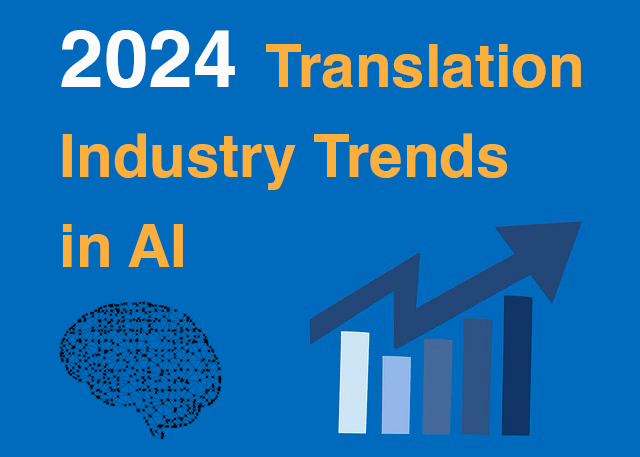
11 AI Translation Industry Trends in 2024
Explore 2024 translation industry trends! Learn about 10 AI translation industry trends 2024 will bring, according to our predictions.

How to Translate JSON Files Online Effectively [2024]
Want to translate JSON files? Learn why Pairaphrase is the best way to auto-translate JSON files online.

How to Translate HTML Files to Another Language [2024]
Want to translate HTML files to another language? Learn why Pairaphrase is the best way to translate HTML files.

How to Translate PO Files Online [2024]
Need to translate PO files online? Learn why Pairaphrase is the best way to translate PO files.
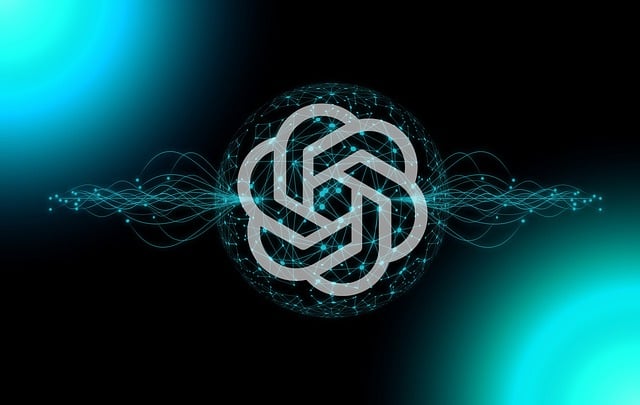
OpenAI Language Translation: Pros & Cons for Enterprises
Exploring OpenAI language translation capabilities? In this article, discover the pros & cons of OpenAI translation for enterprise use.

File Translation 101: Your Guide to the Basics
Learn all about file translation in this 2023 guide to gain an understanding of the different kinds of file translation services & formats.
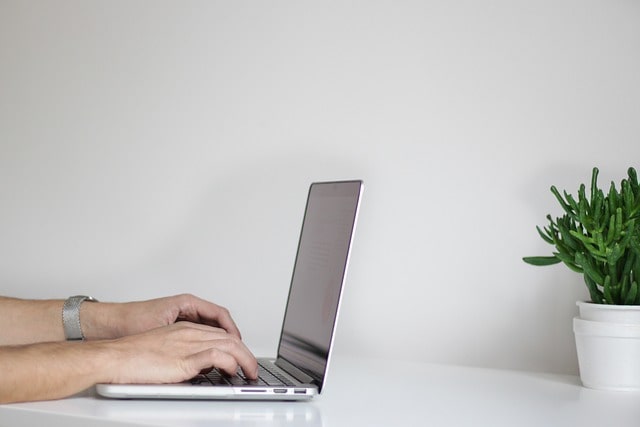
Best Way to Translate Elucidat Course Content
Learn how Pairaphrase makes Elucidat course translation reusable, secure, fast and easy.

5 Tips for eLearning Localization in 2024
Need to localize eLearning content? Familiarize yourself with these 5 eLearning localization tips for effective multilingual training.

How to Translate a Text File Online [2024]
Want to translate a text file? Learn why Pairaphrase is the best way to translate a text file for your organization.

Best DocTranslator Alternative (2024)
Want a secure enterprise alternative to DocTranslator? Learn why Pairaphrase is the best DocTranslator alternative for enterprises here »

Top 8 Translation Industry Trends (2023 Outlook)
Explore 2023 translation industry trends! Learn about 8 translation industry trends 2023 will bring, according to our predictions »
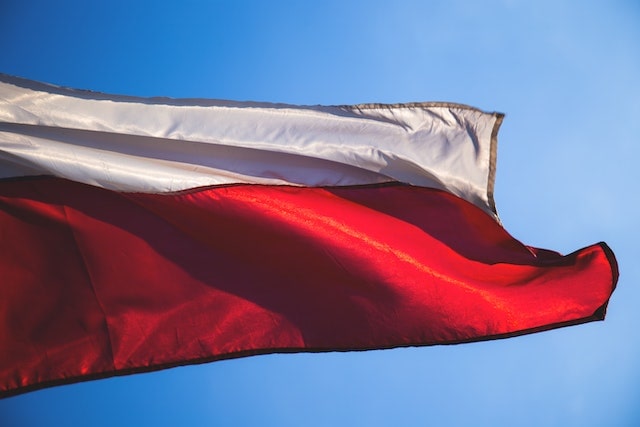
Best English to Polish Document Translation Software [2024]
Looking for English to Polish translation software, but not sure what features you need? Access this buying guide.

Translation Services 101: Your Guide to the Basics
Need translation services? First, learn the basics! This way, you can make an informed decision. Explore this guide to translation services.

Best Redokun Alternative for Enterprises (2024)
Want a secure enterprise alternative to Redokun? Learn why Pairaphrase is the best Redokun alternative for enterprises here »

Localization 101: Your Guide to the Basics
Curious about localization? Learn about localization vs translation, what it is, how it works, benefits & more in this guide to the basics!

Best Memsource Alternative for Enterprises (2024)
Want a secure enterprise alternative to Memsource? Learn why Pairaphrase is the best Memsource alternative for enterprises here »

How to Translate Entire Google Sheets (All Cells) [2025]
Want to translate entire Google Sheets? Learn why you should use Pairaphrase as your Google Sheets translator.

Fast Turnaround Translation: How to Get it
While fast translation turnaround and linguistic quality is a delicate balance, this post will tell you how to best use Pairaphrase to get fast translations.

Best English to Arabic Document Translation Software (2024)
Looking for English to Arabic translation software, but not sure what features you need? Access this buying guide.

Best OnlineDocTranslator.com Alternative (2024)
Considering an alternative to OnlineDocTranslator.com? Explore why Pairaphrase is the best OnlineDocTranslator.com alternative for enterprises.

How to Translate an IEP Document [2024]
Need to translate an IEP document? Learn how to translate IEP documents in the most efficient and secure way possible.
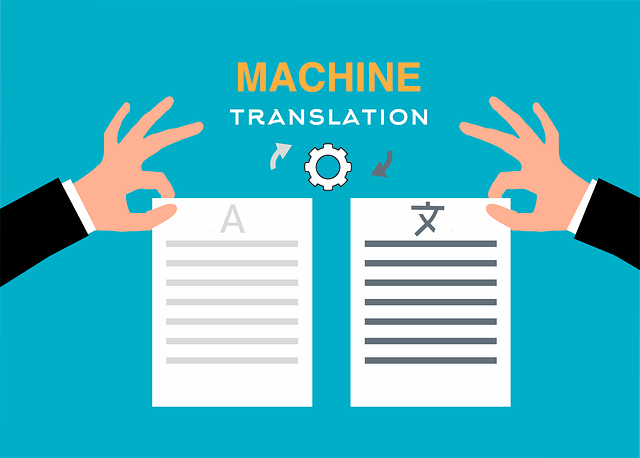
Machine Translation (MT): Your Guide to the Basics [2024]
Curious about Machine Translation (MT)? Learn about machine translation, how it works, benefits of machine translation & more.
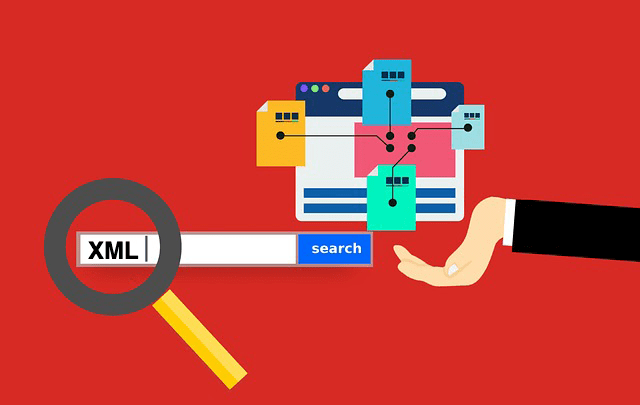
How to Translate XML Files Online (2024)
Need to translate XML files online? Learn about the best features to use when translating XML files.
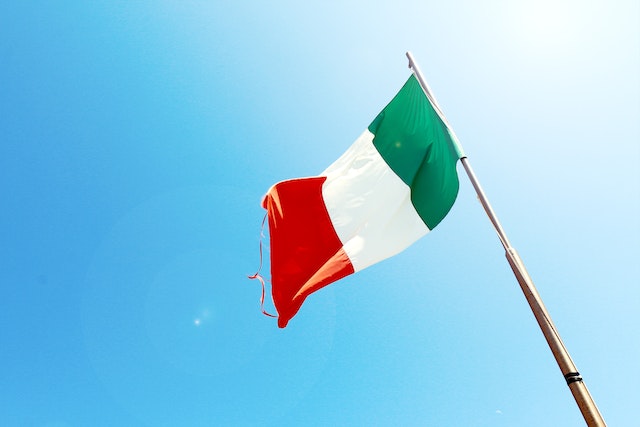
Best English to Italian Document Translation Software (2024)
Want the best English to Italian document translation software for business? Read about the 10 best English-Italian translator app features.

Terminology Management in Translation: Essential Guide [2024]
Learn all about terminology management in this comprehensive guide.

Smartling Alternative for Enterprises in 2024
Want a Smartling alternative? Explore 10 possible reasons you need one, and why Pairaphrase might be your best alternative.

How to Translate XLIFF Files Online Successfully (2025)
Need to translate XLIFF files online? Learn why Pairaphrase is the best way to translate an XLIFF file.

Best Japanese to English Document Translation Software (2024)
Looking for Japanese to English translation software, but not sure what features you need? Access this buying guide.

How to Translate SRT Files Effectively [2024]
Learn how to translate SRT files in 2022! Explore the reasons Pairaphrase is the best way to translate an SRT file effectively.

Best English to Japanese Document Translation Software (2024)
Looking for English to Japanese translation software, but not sure what features you need? Access this buying guide.

Brochure Translation Software Features to Look for
Need brochure translation? Look for these 10 top brochure translator features (before you buy).

Best Way to Translate Articulate Course Files
Need to translate Articulate course files? Learn why Pairaphrase is the best way to translate Articulate files (XLIFF 2.0).

Best Way to Translate Multiple Files Simultaneously Online [2024]
Need to translate multiple files simultaneously online? Learn why Pairaphrase is best for batch translation.

Using Pairaphrase Translation Software with Amazon Translate
Curious about translating with Amazon Translate (AWS)? Learn about using Amazon’s machine translation engine with Pairaphrase.

Best English to Hindi Document Translation Software (2024)
Looking for English to Hindi translation software, but not sure what features you need? Access this buying guide.

How to Translate Large Files with Ease [2024]
Need to translate large files? Learn about the best tools to use when translating large PDF’s, documents & more (10MB+).

Catalog Translation Software Features to Look for
Need catalog translation? Look for these 10 top catalog translator features (before you buy).

Best English to Vietnamese Document Translation Software (2024)
Looking for English to Vietnamese translation software, but not sure what features you need? Access this buying guide.

How to Create Effective Termbase Glossaries for Machine Translation
Need to create a termbase glossary? Get our top 5 tips for creating effective termbase glossaries for machine translation.

Best English to Korean Document Translation Software (2024)
Looking for English to Korean translation software, but not sure what features you need? Access this buying guide.

Best DeepL Alternative for Enterprise Teams (2024)
Explore various DeepL drawbacks and user-specific needs you might identify with. This way, you can conclude whether alternatives to DeepL could fill these gaps.

Top 10 Translation Industry Trends in 2022
Explore 2022 translation industry trends! Learn about 10 translation industry trends 2022 will bring, according to our predictions »

Secure Transcription Software That Translates Languages
Need secure transcription software that translates languages? Learn what features to look for and how Pairaphrase will benefit you.

Best English to Portuguese Document Translation Software (2024)
Looking for English to Portuguese translation software, but not sure what features you need? Access this buying guide.

Translation KPIs for Translation Management Success
Establishing translation KPIs (Key Performance Indicators)? Here are the 5 Most Important KPIs for translation management success.





